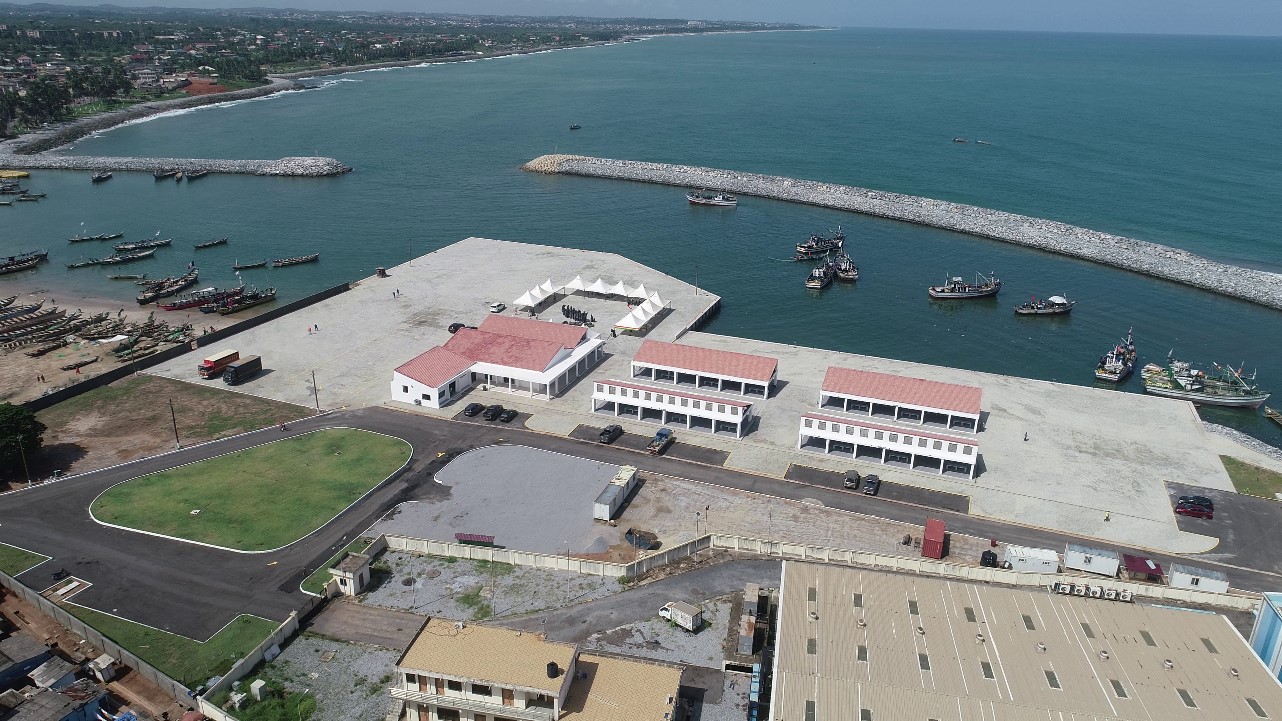Ghana is positioned to reap advantages as the landmark WTO Fisheries Subsidies Agreement takes effect, a development that signals heightened attention to how international subsidy disciplines intersect with national priorities. The prospect of significant benefits has moved to the forefront of policy and industry discussions, centering on what the agreement’s entry into force could mean for planning, investment confidence, and day-to-day operations in the marine economy. While detailed measures and timelines remain matters for official communication and practical rollout, the overall direction points to closer alignment between international frameworks and domestic strategies relevant to the oceans economy.
The announcement underlines heightened expectations among public and private stakeholders that a clearer, rules-based context can support operational certainty. For the fishing sector in particular, attention is likely to focus on the interface between international commitments and local administrative processes, including how authorities communicate obligations and how businesses adjust to evolving compliance norms. In this phase, clarity of guidance, reasonable transition pathways, and steady coordination will be central to maintaining confidence while minimizing disruption. The key near-term question is not only what the agreement contains, but how it will be interpreted and applied across different segments of the value chain.
Careful expectations and next steps
As the agreement moves from headline to practice, authorities and industry will watch for updates on implementation, scope, and oversight. The emphasis now turns to practical coordination: how agencies translate international commitments into domestic procedures, how companies align internal protocols, and how workers and communities receive timely information about what changes, if any, are required. In this context, steady technical dialogue, accessible guidance materials, and predictable sequencing can help stakeholders plan responsibly. Ensuring that communication channels remain open will be essential for resolving uncertainties and maintaining continuity in operations while the new framework takes shape.
Market participants may also track how contracting practices, procurement choices, and investment decisions adapt to the evolving environment. Where expectations are managed transparently, businesses can calibrate inventory, financing, and workforce planning with fewer surprises. The same applies to logistics and processing activities that depend on predictable supply. Adjustments to market practices, if needed, are likely to be incremental and informed by official notices rather than abrupt shifts. By foregrounding practical considerations—such as documentation, timing, and dispute-resolution pathways—stakeholders can reduce friction, maintain service levels, and support continuity across interconnected maritime activities.
From a governance perspective, the calibration of review and oversight will matter. Routine reporting, accessible public notices, and well-sequenced guidance can strengthen transparency and help stakeholders assess what the agreement’s entry into force means in day-to-day terms. Clear points of contact for inquiries, feedback mechanisms for industry, and coordination across agencies can further reduce ambiguity. Ultimately, the objective at this stage is to translate a high-level international commitment into workable steps that align with existing domestic structures, minimizing administrative burdens while safeguarding predictability for operators and communities.
Looking ahead, the priority is steady, fact-based communication about expectations and processes. Policy continuity, measured timelines, and pragmatic engagement can help sustain momentum while avoiding avoidable disruption. As Ghana positions to capture the anticipated advantages associated with the agreement’s effect, attention to policy coherence, coordination, and well-communicated procedures will shape the practical outcome. With consistent updates and a shared focus on workable solutions, stakeholders can navigate the transition with discipline, ensuring that ambition is matched by orderly execution in the months and years that follow.





